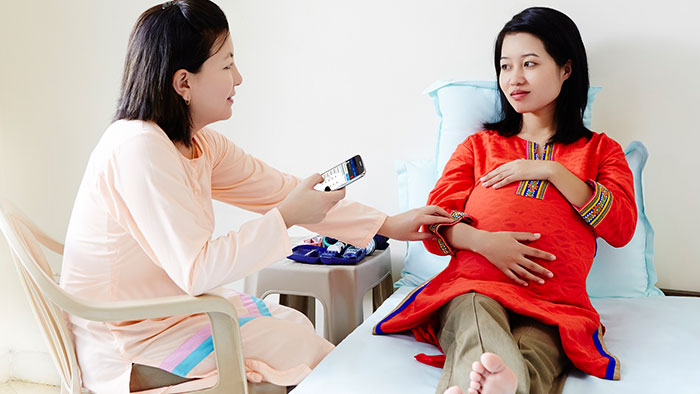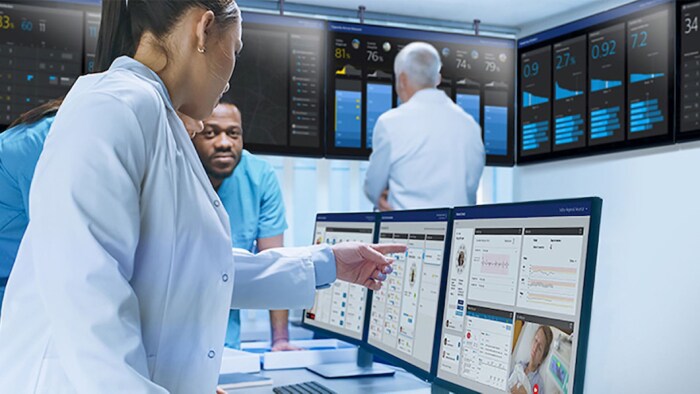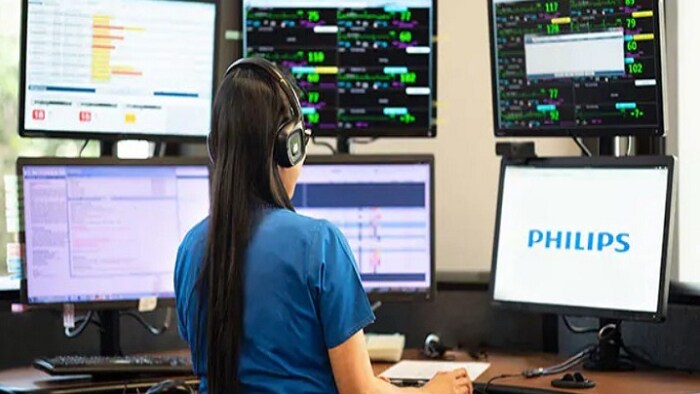Bridging the urban-rural healthcare divide in ASEAN’s island nations


Jun 17, 2019 - reading time 6-7 mins
By Caroline Clarke CEO, Philips ASEAN Pacific Caroline Clarke is the Chief Executive Officer for Philips in ASEAN Pacific. She is responsible for the overall strategy, business and management of Philips in 14 countries across the region.
LinkedIn profile link: https://www.linkedin.com/in/caroline-clarke-31b5947

ASEAN Pacific’s island nations are challenged in providing their populations with equal access to quality healthcare. Not only does telehealth have the potential to close this healthcare divide, but it can also take care into even the most remote communities, in some cases for the first time.

The World Bank estimates that at least half of the world’s population still lacks access to essential healthcare1. Moreover, the reality is that the inequality in the availability and quality of healthcare are common problems between rural and urban areas in the developing world. The disparity is even more pronounced in some of Southeast Asia’s island nations where many communities are widespread and remote. Indonesia, for example, is home to a population of over 255 million people spread across an archipelago of more than 17,000 islands, whilst the Philippines has more than 105 million people spread across 7,000 islands. And even on these countries’ most populous islands, the topography and poor transport infrastructure can stop patients accessing the care that they need as quickly as they need it. Yet, with rapid developments in telecommunications infrastructure and widespread mobile ownership even in the region’s most remote corners, change could be around the corner thanks to telehealth.
Closing the gap
In the developed world, mobile devices – like smartphones and tablets – and remote monitoring technologies are already being used to great effect to shift some parts of diagnosis and treatment from a hospital setting to the home – freeing up much-needed hospital beds and resources. According to our Future Health Index (FHI), 65% of healthcare practitioners (HCPs) in countries surveyed use such connected care technologies in some capacity. Similarly, ’telehealth’ has the potential to bring care into even the most remote communities, in some cases for the first time. Let’s take maternal mortality – a pressing issue across Asia Pacific – as an example. According to the United Nations an estimated 85,000 women in the region died in 2015 through causes related to pregnancy or childbirth2, yet more than 90% of these could have been prevented through access to better quality care. Indonesia has one of the highest maternal mortality rates in the region at 126 deaths per 100,000 live births in 2015 according to the World Bank3, with the Philippines not far behind. Yet the technology is now available not only to give remote communities a direct line to healthcare practitioners located thousands of kilometers away, but also to take maternal diagnostics out of clinics and into homes. Thanks to recent innovations in mobile technology, ultrasounds can now be carried out on midwives’ smartphones – allowing midwives in remote locations to share vital measurements, observational data, and mobile ultrasound images with obstetricians and gynecologists in larger hospitals and work with them for improved decision-making during each patient’s pregnancy. This is just one example that hints to what may soon be possible to significantly close the urban-rural gap in the developing world. However, there are still some barriers that need to be surmounted to achieve this. Ongoing improvements in telecommunications infrastructure are vital, and governments need to recognize this as a healthcare necessity as much as a communications priority. This means that from a policy perspective, steps need to be taken to ensure that telecommunications infrastructure is kept affordable to all income-levels, to prevent further disparity. Telehealth training will also have a role to play – not only to upskill local healthcare professionals, but also to educate the general public, particularly high-risk groups like the elderly, on how they can use their mobile phones to access healthcare remotely and monitor their own conditions. Given the speed at which mobile phones and Internet access have become ubiquitous in the region’s developing countries, we can expect big strides to be made in closing the urban-rural healthcare divide in coming years, provided public and private sector organizations collaborate on unlocking this potential.
1 World Health Organization and International Bank for Reconstruction and Development / The World Bank, Tracking universal health coverage: 2017 global monitoring report; 2017. Licence: CC BY-NC-SA 3.0 IGO. 2 United Nations Population Fund, Maternal mortality in Asia-Pacific - 5 key facts



